
National Parks to Visit if You Love Fossils
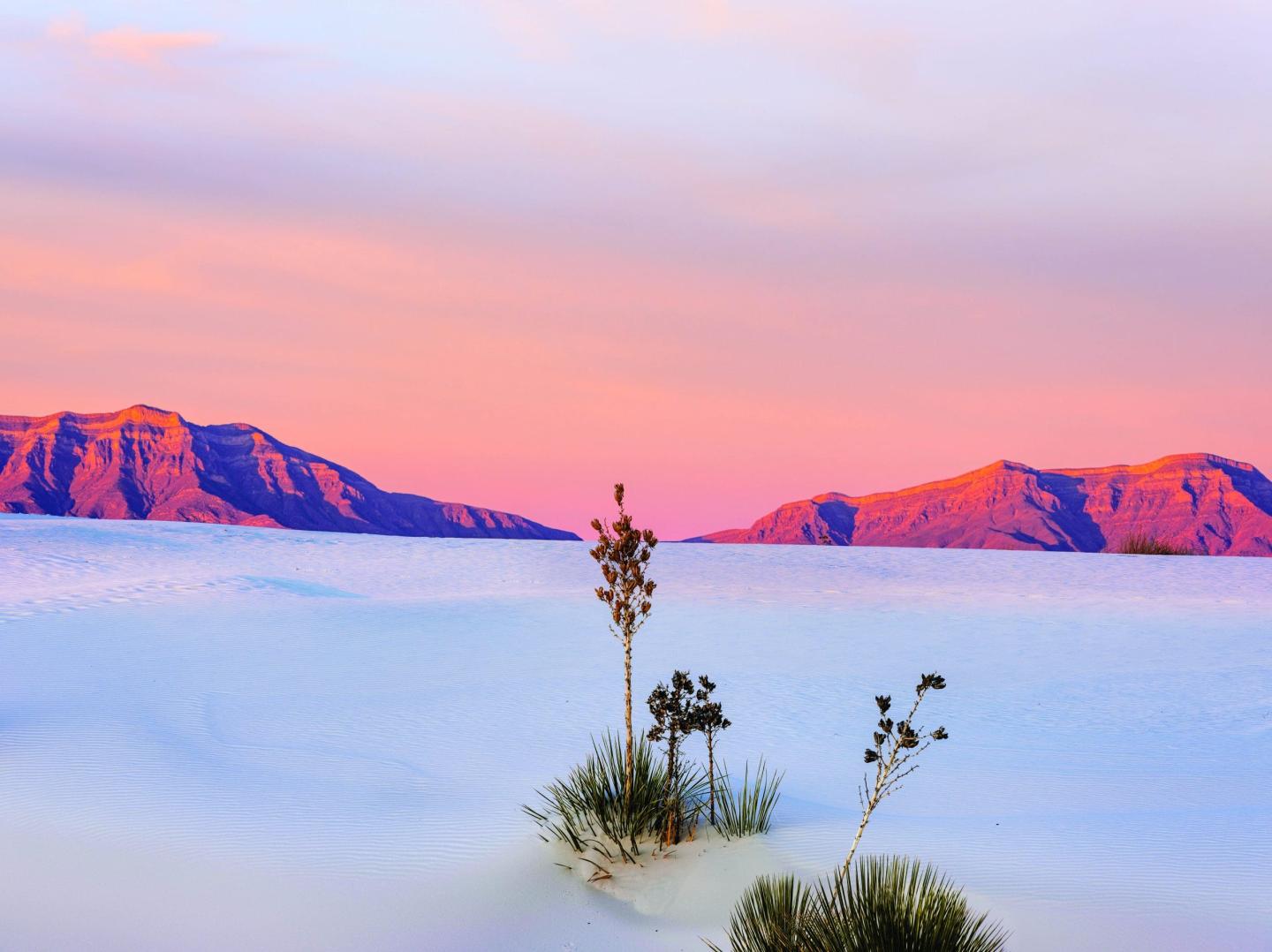
Sea creatures a quarter of a billion years old. Massive prehistoric mammals. Footprints from some of the first humans to walk the continent.These fossils tell the ancient stories of our national parks, and bring us back to times well before recorded human history.
Many national park sites protect the prehistoric remains of plants and animals, and some of these locations are world-renowned due to the scientific studies made there. Here are some places to check out if you are looking to discover the secrets of the ancient past.

Tule Spring Fossil Beds National Monument
Located just outside of Las Vegas, this park preserves the largest open-air Pleistocene, or Ice Age, fossil beds in the desert Southwest. Some of the many species unearthed at the fossil beds include Columbian mammoths, ground sloths, dire wolves, sabertooth tigers, American lions, and massive birds of prey, ranging from 12,500 to 100,000 years old.
This dog-friendly and family-friendly park has a variety of activities and programs for enthusiasts of all ages. The best way to experience the park is to take a ranger-led tour of the fossil beds. Be sure to make your reservations ahead of time and keep in mind that because of the high temperatures during the summer, Tule Springs Fossil Beds only offers activities during the spring and fall. If you want to learn even more about ancient life in the Nevada area, be sure to visit the Las Vegas Museum of Natural History.
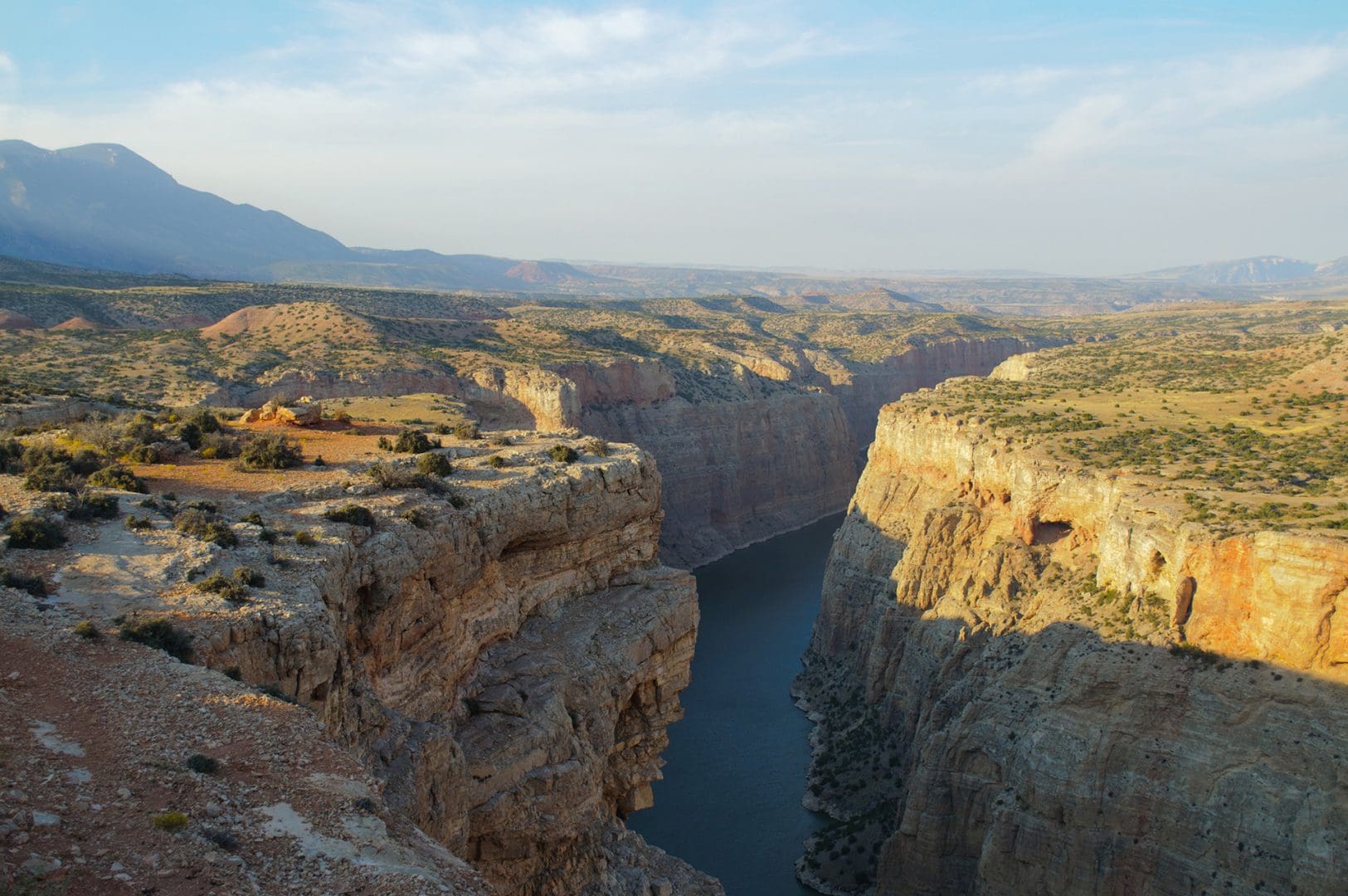
Bighorn Canyon National Recreation Area
Renowned for the incredible variety of paleontology discoveries made here, Bighorn Canyon is estimated to be 2.5 billion years old and many groundbreaking paleontology discoveries have been made in the area. Some of the many fossilized organisms found here include ancient corals, trilobites, mollusks, squids, dinosaurs, and Ice Age mammals. In fact, more than 40 thousand fossilized bones have been found in Natural Trap Cave (which is not open to the public), including ones belonging to American lions, American cheetahs, mammoths, antelope, dire wolves, and bison.
If you are looking to travel back through time in the canyon, the best way to do so is to contact the visitor center to learn which programs are being offered by the park’s geologist. You can take a guided hike with this expert, or visit one of their pop up exhibits. Looking for even more fossils as you visit Montana and Wyoming? You can visit the Red Gulch Dinosaur Tracksite, or even join a fossil dig at the Judith River Dinosaur Institute, based out of Billings, Montana.
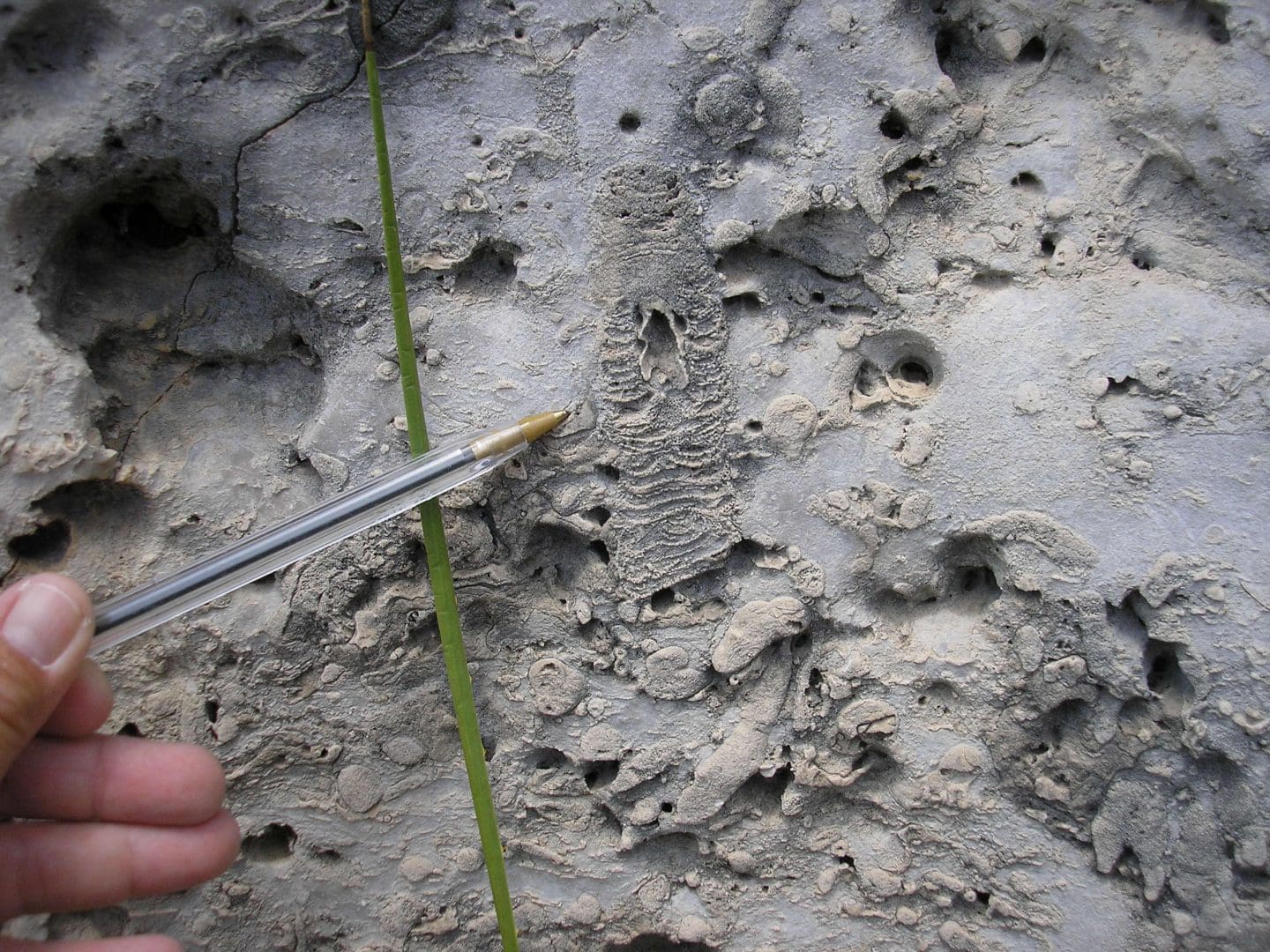
Guadalupe Mountains National Park
Two hundred and sixty five million years ago, the mountains of Guadalupe Mountains National Park were part of a massive prehistoric reef called the Capitan Reef. Today, you can find a variety of fossils at the park, including swirls of algae, ancient cephalopods (squids) and nautiloids, and sea creatures related to present day-oysters and claims. These paleontological remains are so important and complete that the park is the Global Boundary Stratotype Section and Point for the Middle Permian Age, meaning that the fossils here mark the beginning of this stage of geologic time.
Visitors can hike the Permian Reef trail or the McKittrick Canyon Nature Loop for the best chance of seeing these fossils. Be sure to stop by the visitor center beforehand, where a park staff member can show you examples of fossils, so you know exactly what you are looking for. If you want to see more of the Capitan Reef, you can visit another national park in the area–Carlsbad Caverns National Park also preserves portions of this ancient seabed. These two parks make a great road trip if you are based out of El Paso, Texas.
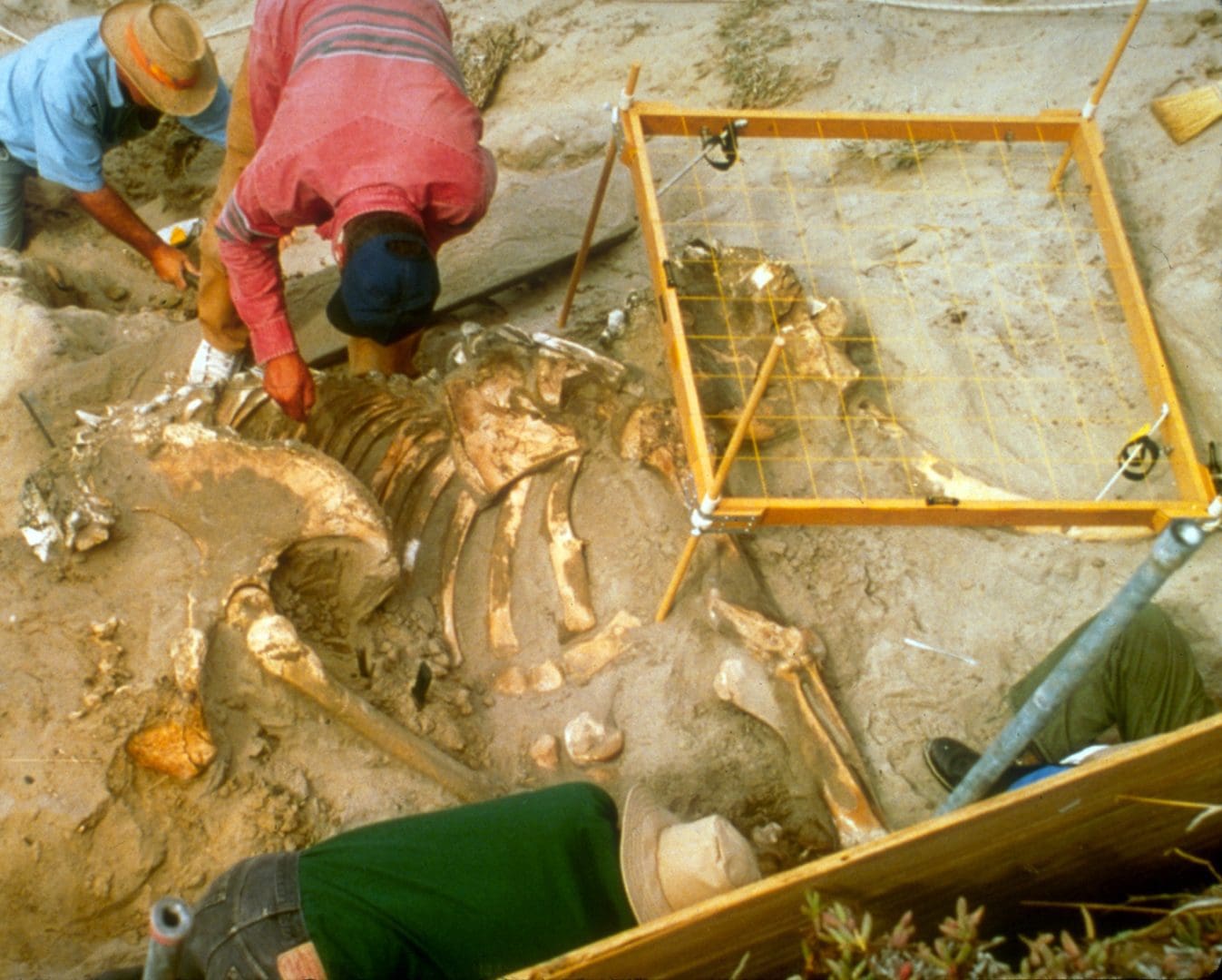
Other Parks to Visit
-
- White Sands National Park : Located in New Mexico, world’s largest gypsum dune field also was the site of an incredible discovery in 2009. Researchers discovered a series of fossilized human footprints, which are estimated to be between 21 and 23 thousand years old. This would mean that these tracks could be some of the oldest records of humans in the Americas. While these trace fossils are not accessible to the public, an exhibit in the visitors center provides more information about this monumental discovery.
-
- Channel Islands National Park: Located near Ventura, California, the Channel Islands have a unique fossilized species found nowhere else in the world–the pygmy mammoth. The visitor center has a replica of one of these fossils, and you can see the actual remains at the nearby Santa Barbara Museum of Natural History.
-
- Timpanogos Cave National Monument: A short drive from Salt Lake City will bring you to Timpanogos Cave. Inside a section of the park called Hansen Cave, you can see the fossils of ancient sea creatures and interpretive signs provide additional information about the geology of the area. If you are looking to see even more fossils during your trip, check out the Natural History Museum of Utah.
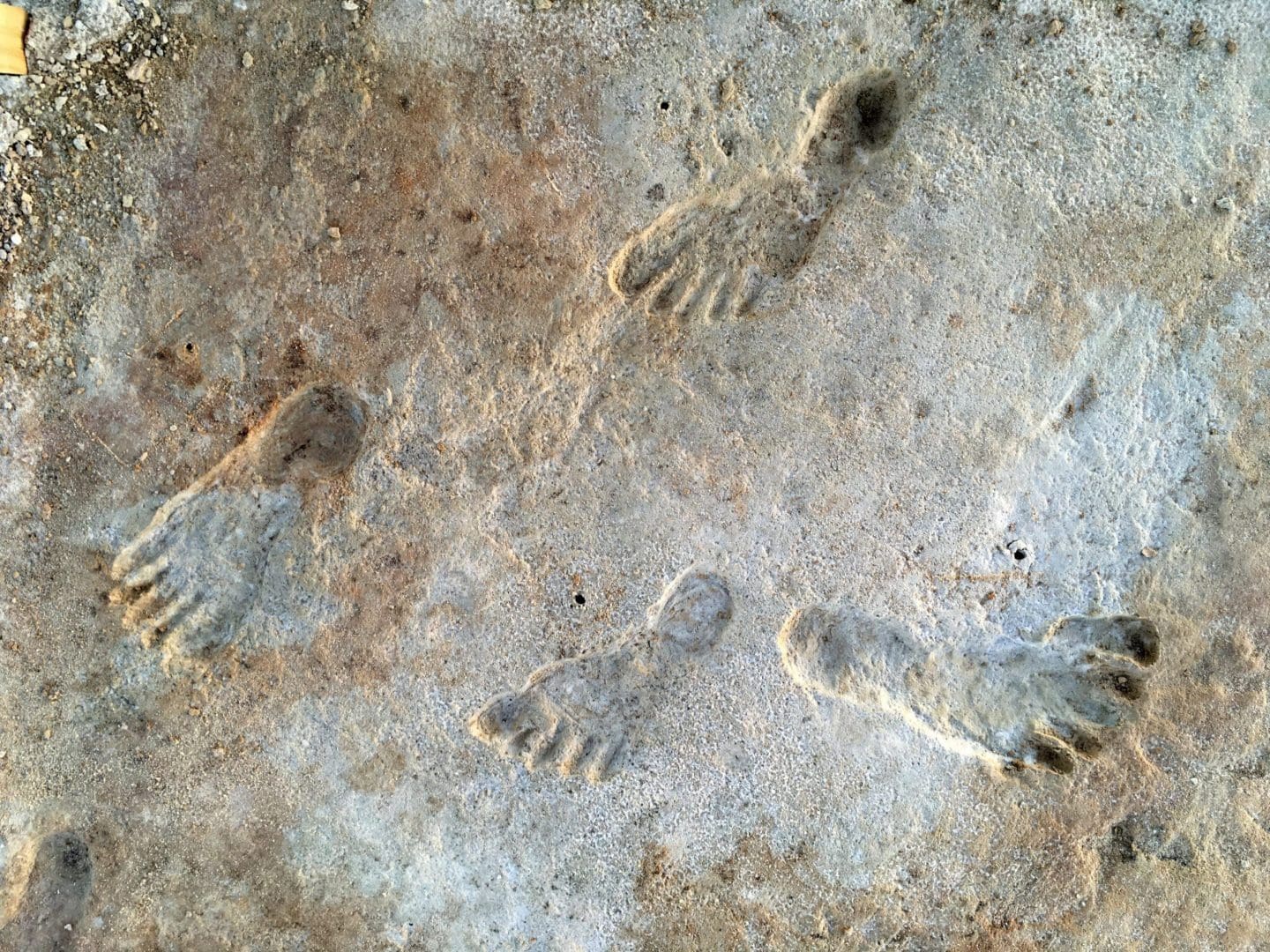
Where Can I Learn More About Fossils?
The Park Paleontology newsletter provides information about scientific discoveries in the parks, past and present. Many of the above parks also offer Junior Ranger programs focused on geoscience and paleontology, as well as Junior Paleontologist programs.
You can also contact the park that you are interested in visiting to learn if they are hosting events for National Fossil Day. Celebrated every year on the Wednesday of the second full week of October, this day acknowledges the importance of paleontology and fossil preservation. It is presented each year in conjunction with the National Park Service, the American Geosciences Institute, and hundreds of educational partners, including museums, fossil clubs, and STEM organizations.
What Should I Do If I Find a Fossil in a National Park?
While fossils are fascinating treasures, they are also protected. If you find a fossil on a hiking trail or in a cave, take a picture of it, note your location, and reach out to a national park staff member. This allows your discovery to be appropriately documented, and scientific research partners can be contacted if need be. Don’t attempt to move or take the fossil out of the national park. It should remain where it is so that scientists can study it appropriately.
Whether you are a long-time dinosaur enthusiast or are just beginning to learn about geologic time, there are plenty of opportunities to learn about the ancient past through our national parks system. Be sure to use the NPS app to find other parks which are great for fossil lovers, to learn more about what programming is happening in a park near you.
By Nikki Stavile
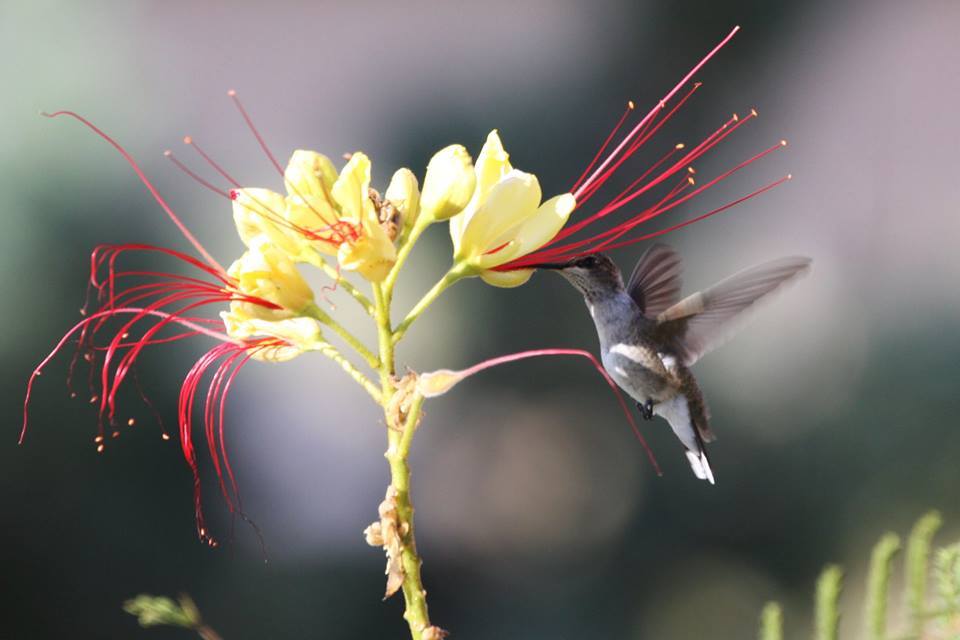
Want to help preserve these significant lands for generations? Your donation supports kids’ programs, research, Indigenous artists’ demonstrations, and more!



